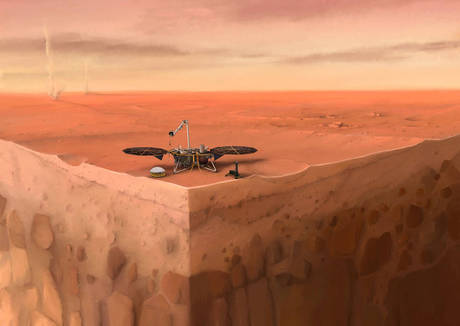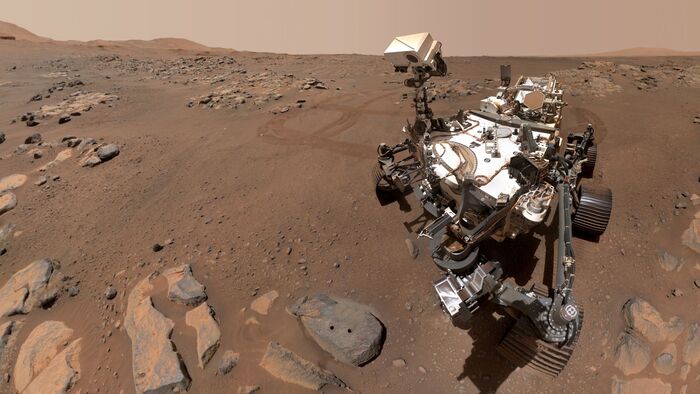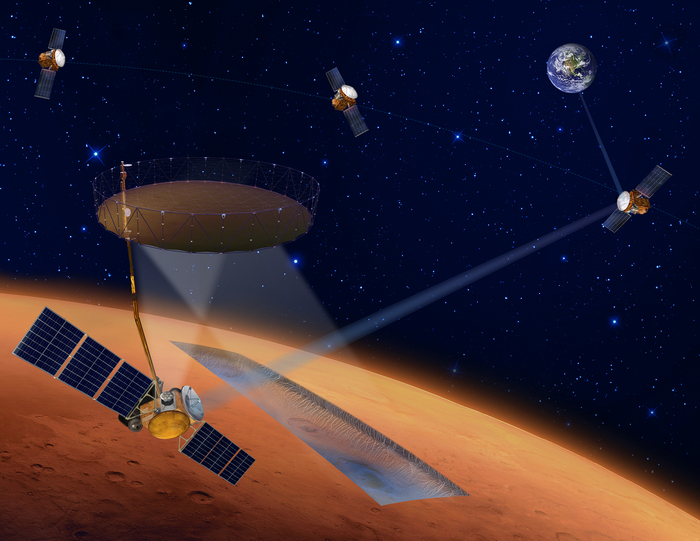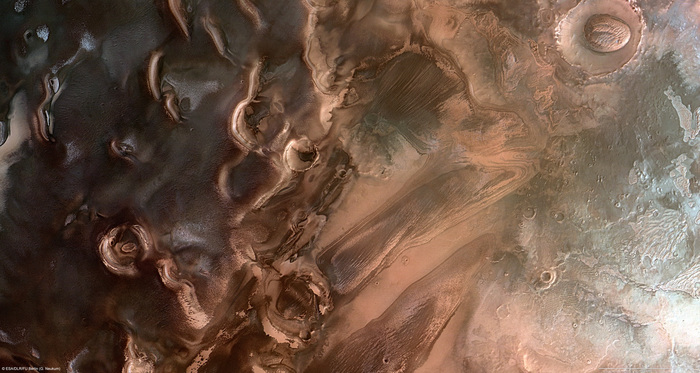The soil of Mars trembles like that of Earth: NASA's InSight spacecraft has recorded over 450 earthquakes, proving that the red planet is geologically active, has water trapped in rocks and may have liquid magma with hot spots that could be hospitable for life . The result is described in six research papers published in the journals Nature Geoscience and Nature Communications. One of these is coordinated by the Italian geophysicist Domenico Giardini of the Zurich Polytechnic.
The data on the earthquakes of Mars surprised the experts "for the geological similarities between the red planet and the Earth and for the presence of faults from the satellite images, we were convinced to find them, even if they had never been recorded before. But the number, 450 to date, the size and location were completely unknown and they surprised us, "says Giardini at ANSA.
The InSight lander arrived on Mars on November 26, 2018 to examine its internal structure. In the first 10 months it revealed 174 seismic events, including over 20 with a magnitude of between 3 and 4. Of the recorded events, 150 are at high frequency similar to those recorded on the Moon; the other 24 are low frequency, with three being similar to earthquakes on Earth.
However, Mars does not have plate tectonics like Earth and larger earthquakes, explains Giardini, "are associated with thermal cooling stresses connected to volcanic systems that create large fault systems".
The analysis of events, he continues, "indicates that the planet has a structure similar to that of Earth, but properties that are found only on the Moon, due to the different content of volatile elements in the upper crust, such as water". Furthermore, the speed of seismic waves decreases below the crust and could indicate the presence of liquid magma.
Artistic representation of NASA's InSight lander, with a cross-section of Martian soil (source: IPGP / Nicolas Sarter)
According to Francesca Altieri, of the National Institute of Astrophysics (INAF), the geological activity of Mars also justifies the oxygen emissions observed by the NASA Curiosity rover: "it goes in the direction of the hypotheses of the scholars of the Curiosity mission". Seismic data also indicate the possible presence of water trapped in rocks at different depths and have implications for finding life on Mars, notes Nicholas Schmerr, of the University of Maryland. On Earth, he notes, there are areas in depth "characterized by hydrothermal sources, where chemistry and not light provides the energy for life. If we discover liquid magma on Mars and we will identify where the planet is geologically most active, in those points we could target future life-hunting missions. "









